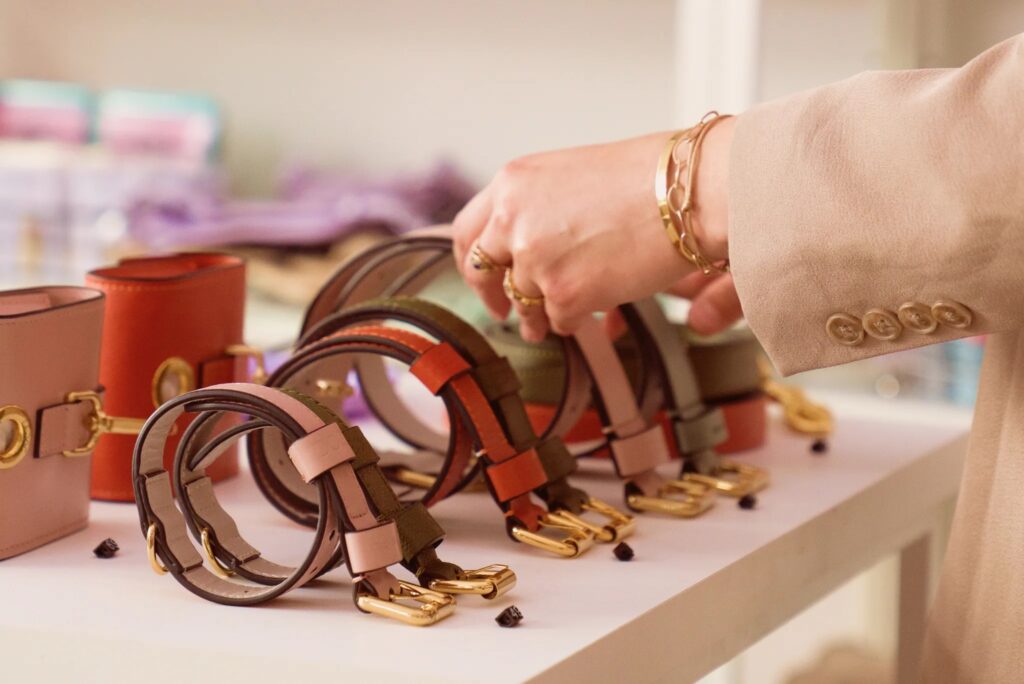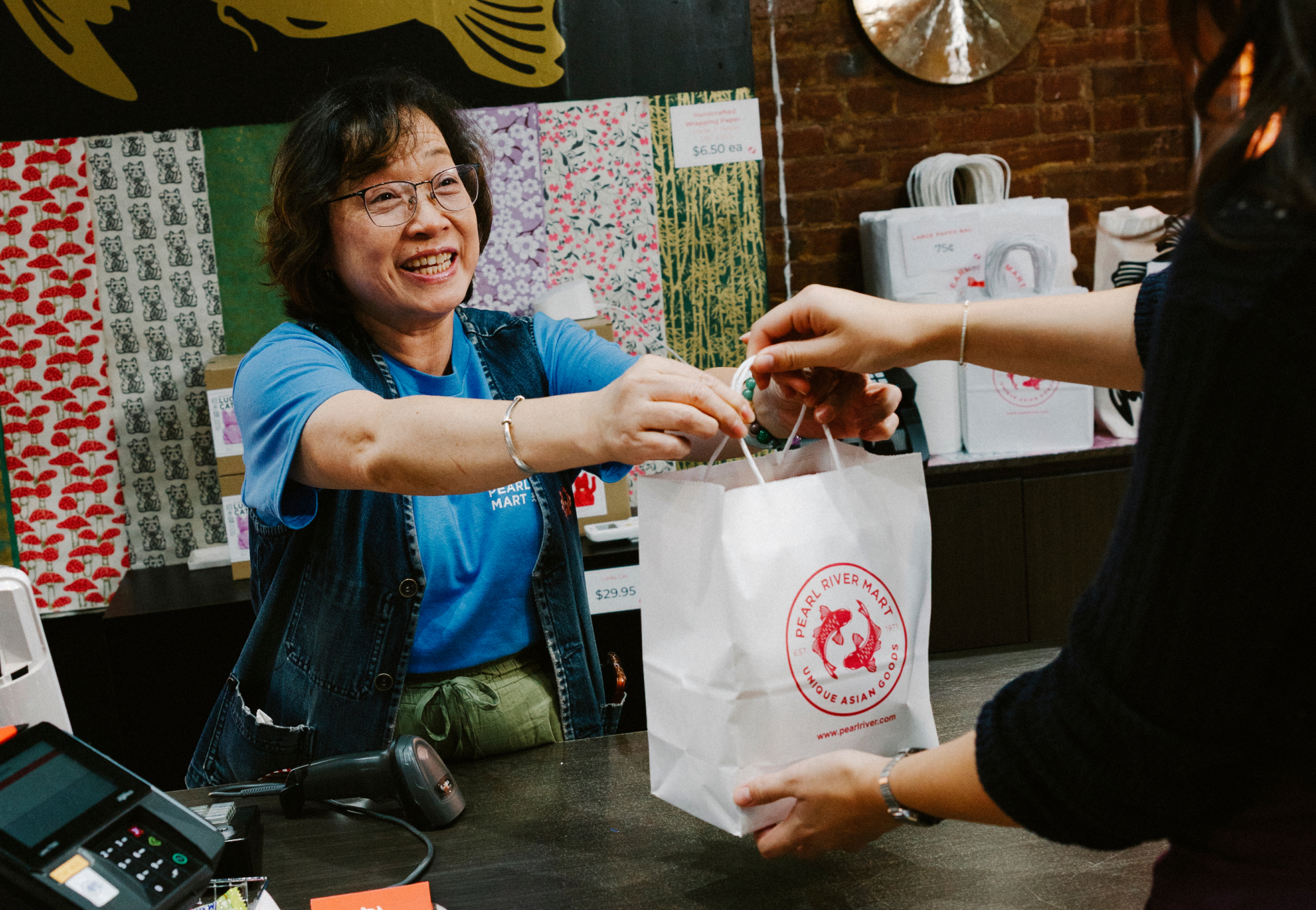

You may already know that pet shops are a competitive retail niche with an expanding customer base. Customers are highly motivated to care for their pets, so with some smart planning, you can set yourself up to run a profitable, successful store.
But where to begin? The following guide will help you start from the ground up, stand out from the crowd, and attract a loyal customer base (who are even more loyal to their beloved pets).
How to open a pet store: The essential steps
Ready to get started? The following 10 steps will help you get your business off the ground. For more in-depth guides to opening a retail store, check out Faire Academy.
1. Develop your concept
First, imagine the kind of pet shop you’d ideally like to own. Let yourself dream big and really think through the details. Here are a few questions you might ask as you start developing your concept:
- What’s my niche? What will make my brand stand out from the crowd?
- Am I going to sell products for all sorts of pets—including dogs, cats, rabbits, birds, lizards, hamsters, fish, and more? Or will I sell products for only dogs, or cats, or reptiles, or fish, or farm animals, or some other specialty market?
- Who’s my target customer? Who do I imagine shopping in my pet store on a regular basis?
- Do I want a high-end shop specializing in artisanal products, or will I target budget-conscious consumers, or will I try to appeal to a wide range of customers?
With the answers to these questions in mind, now it’s time to envision a brand look and a catchy business name that’ll stick in customers’ minds. Shopify even offers a Pet Business Name Ideas Generator if you’re stuck thinking of names for your pet store.
2. Do some market research
Market research can help you make necessary adjustments to your business plan before moving it forward. You might consider holding focus groups, interviewing consumers in your target market, or conducting online surveys. Google Trends and other free online tools can help you gather information during the research stage as well. There are also a couple more questions you will want to ask yourself (and any business partners) at this stage:
- What kind of profits do similar pet stores bring in? What kind of profit margin do I need to bring in to be successful and continue innovating my business?
- Why would my target customer choose this pet shop over a big-box store or an established online retailer? Ultimately, what will set my shop apart from other pet stores that sell similar products?
3. Finalize your business plan and find your funding
Pet stores, like any other retail business, will require funding. There are a few different types of funding to consider, including traditional bank loans, commercial loans, Small Business Administration (SBA) loans, merchant cash advances, asset financing, crowdfunding, angel investors, and more.
But before you can look into any of these options, you need to have a solid business plan in writing that you can show to potential lenders or investors. This should include a description of the company, your mission statement, an executive summary, a detailed market analysis, and a description of how you envision your management and organizational flow.
4. Get your paperwork in order
At this stage, you should be asking yourself, what licenses do I need to open a pet store? There are certain steps you’ll need to take to register your business and get your paperwork in order. That includes registering the business name with state and local authorities, getting any necessary permits—including building permits if you’re remodeling—and getting a tax ID.
5. Choose a location: A physical store or an e-commerce website
If you’re opening a brick-and-mortar business, it’s all about location—you’ll want to prioritize an area with plenty of foot traffic. If you’re tucked away somewhere where passersby won’t stumble across your store, you’ll need to work doubly hard and spend more on marketing to make your mark. You might even consider setting up shop near a veterinarian’s office, animal shelter, pet day care, dog and cat grooming business, or dog park. Once you find a location that works for your budget and business plan, you’ll also need to read and sign your lease.
If you’re doing business online, you’ll want to develop your e-commerce shop with the same kind of careful consideration. For starters, you’ll need a URL/domain name that matches your business name. Then you’ll need to build out an attractive website with easy navigation and intuitive e-commerce capabilities so shoppers won’t find any reason to get frustrated and ditch their cart before making a purchase. Make sure you have a consistent visual theme, clear product descriptions, and a solid payment processor. Shopify, Squarespace, and Square are among the most popular e-commerce platforms to choose from.
6. Plan your layout and your merchandising strategy
Before you start buying inventory for your store, you’ll need to think about how much space you have and how you’re going to display the merchandise.
There are countless display ideas to consider when you’re planning the layout and merchandising for a brick-and-mortar shop. Consider the window displays, focal points, color choices, signage, lighting, shelving, how to spotlight your bestsellers or local products, seasonal displays, and opportunities to bundle or cross-promote items.
If you’re doing business strictly online, e-commerce merchandising might seem simple in comparison. You do, however, still need to think about how much space you have to store items and the product photography. During the design phase, you also need to configure your website to display your wares in a way that fits your brand identity and is easy for customers to navigate.
7. Research, budget, and buy your inventory
You’ve already done your market research—now it’s time to do some research into what kind of inventory is going to appeal to your anticipated customer base, fit within your budget, and bring in the right return on investment to keep your pet business growing.
Buying on Faire makes it easy to find the right wholesale pet products for any kind of pet shop and any kind of budget. Planning on specializing in dog products? It’s easy to narrow down your selections to categories such as dog toys or dog clothing so you can find exactly what you’re looking for. Want to attract cat owners? You can easily peruse the latest cat products from collars to cat toys and more. There are plenty of products for other pets, too, from horses to chickens to lizards and beyond.
8. Figure out your operations
Now it’s time to plan out your operations, including your point of sale (POS) system, insurance, staffing, and payroll. You’ll want to make sure your shop is set up to be efficient even when it gets busier than expected.
For starters, you’ll want to put some time and effort into staffing so you can hire the right people who will keep your business running smoothly, keep customers happy, and drive sales with the pet-loving public. You’ll also need to figure out a payroll system that will minimize the possibility of errors and keep your employees happy.
Your POS system will be your next most important tool. Make sure to choose a system that can keep track of inventory, help identify bestsellers, directly deposit cashless transactions to your business bank account, log employee shifts and tips, and directly sync inventory between your online and brick-and-mortar shops (if applicable). If you’re operating a strictly e-commerce business, you can also find online POS systems to streamline your pet business.
9. Plan your grand opening
Once you’re ready to open your doors to the public, a grand opening can create buzz around your new business. Pet-friendly activities, discounts, and free samples are all great ways to draw crowds. It’s also possible to hold a virtual grand opening with fun social media features, special offers, and more.
10. Promote your store
It’s important to make a plan to continue promoting your store long after the grand opening is over. Even if you don’t have a big budget as you’re starting out, there are several cost-effective marketing channels you can take advantage of. With a bit of time and ingenuity, you can leverage social media platforms like Instagram to attract customers in your target market without spending much (or any) money. You might also consider influencer marketing if you’re ready to network and make connections with the right folks to spread the word about your business.
Pet industry trends you need to know
The pet industry has long been built on traditional products including food, toys, bedding, leashes, and grooming/hygiene products. But all that is changing. Today, a number of innovative trends are emerging in the pet market that you can tap into to help your business thrive. High-end and niche products for dogs and cats account for many of the biggest trends.
For starters, a growing number of dog and cat owners are willing to spend more for raw, all-natural, and artisanal pet foods. Natural Rapport offers a selection of raw dog food, for example, including its bestselling The Only Freeze Dried Beef Liver Dogs Need and other raw, freeze-dried foods including chicken liver, jerky, sweet potato bites, and more. Specially formulated pet foods that resemble human foods are big right now, too, like this collection of Buddy Budder Peanut Butter for dogs. There is even “wine” and “beer” for dogs and cats—which doesn’t actually contain any alcohol, of course.
Pet bedding has also evolved to include products that look more like human furniture. For example, this Wall Hanging Pets Macrame from Sparkle Being feels more like a luxurious indoor hammock than just a place for your cat to sleep. Whimsical cat toys and scratchers that are just as fun for the humans as the pets are also big, like these Cat Scratch DJ Decks from SUCK UK. Premium litter products that look pretty and keep the home cleaner are also emerging as a top trend in the cat category.
Ready to open your pet store? Shop now on Faire to stock your shop with the latest products from independent pet brands like these.




